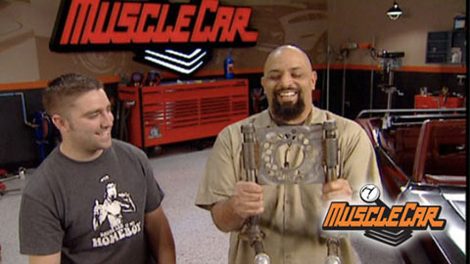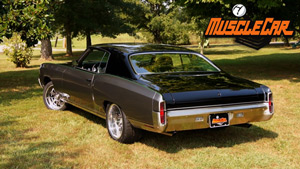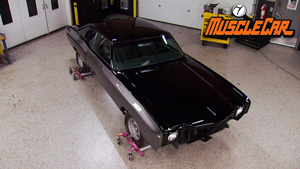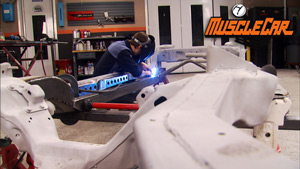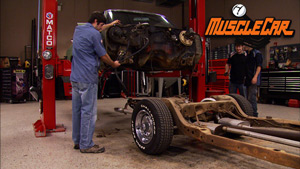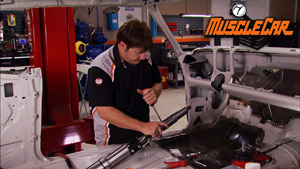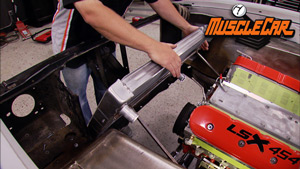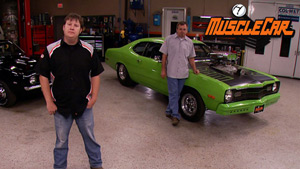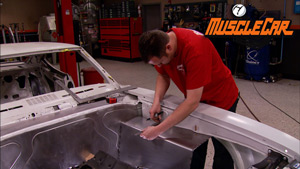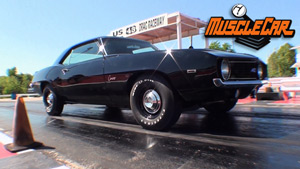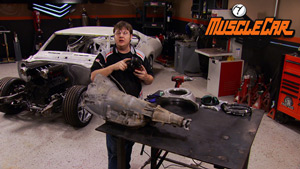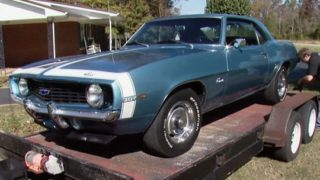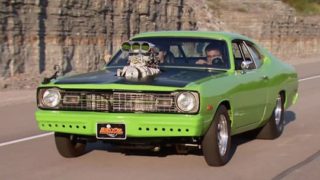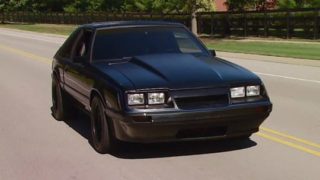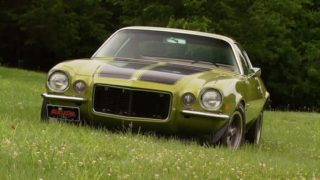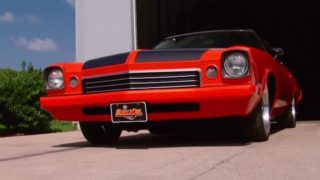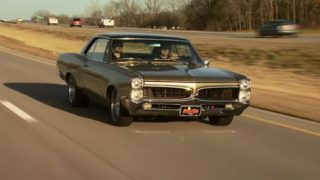MuscleCar Builds
Want more content like this?
Join the PowerNation Email NewsletterParts Used In This Episode
AGR
12:1 GM style steering box.
Air-Ride Technologies
Front and Rear air ride set up which includes tubular upper control arms and shock wave 3.0 air bags.
Airaid
Bolt in kit shock wave 7000 series.
Dake
Hydraulic press.
Laughlin Racing Products
Center link.
Matco Tools
Lift, tool cart, gloves and rollaway.
Miller Electric Manufacturing Co.
Welder.
Red Top Speed Shop
Fabricated Hemi K member.
YearOne
1969 Camaro SS.
